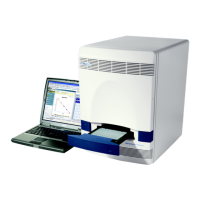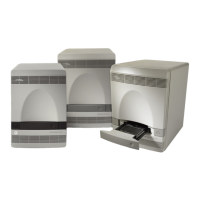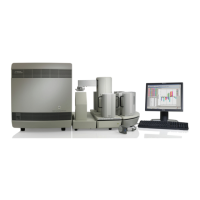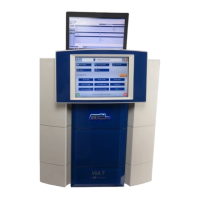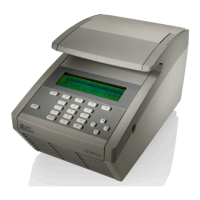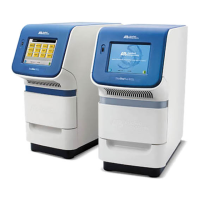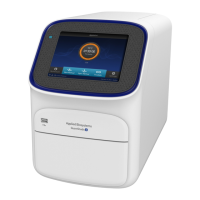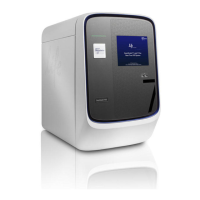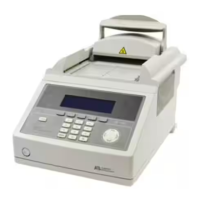Why am I getting extremely high ?R or n R values with Applied Biosystems Laboratory Equipment?
- NNicholas CopelandJul 31, 2025
Extremely high ?R or n R values with Applied Biosystems Laboratory Equipment can be due to a couple of reasons. First, ensure that ROX dye was selected as the passive reference when setting up the plate document; if not, select it. Also, check for evaporation by making sure that the reaction plate is sealed completely, especially around the edges.
